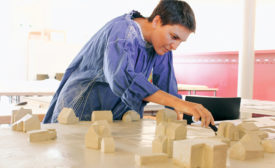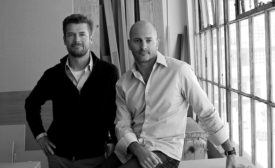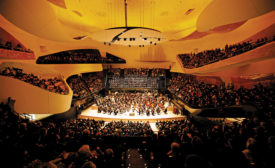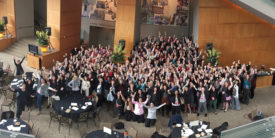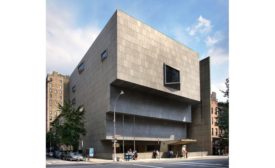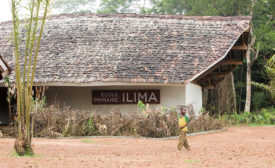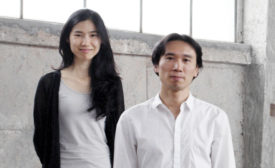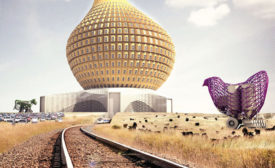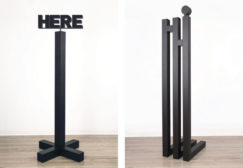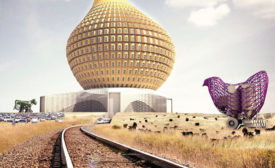Articles by Laura Raskin
Ilima Primary School
A remote Congolese village promises to protect the rain forest in exchange for an innovative school building.
Read More
Design Vanguard 2015
O-Office Architects, Guangzhou, China
A love of China's abandoned industrial heritage inspires the bold work of a rising firm.
Read More
Copyright ©2024. All Rights Reserved BNP Media.
Design, CMS, Hosting & Web Development :: ePublishing
